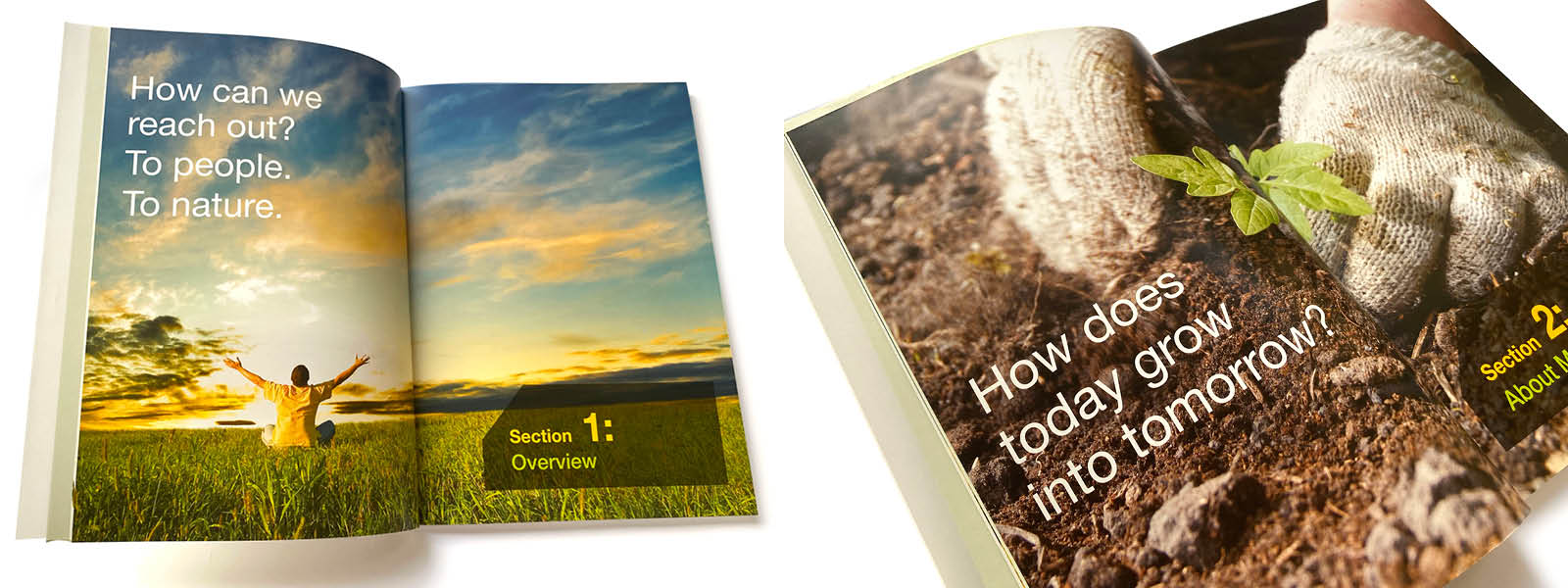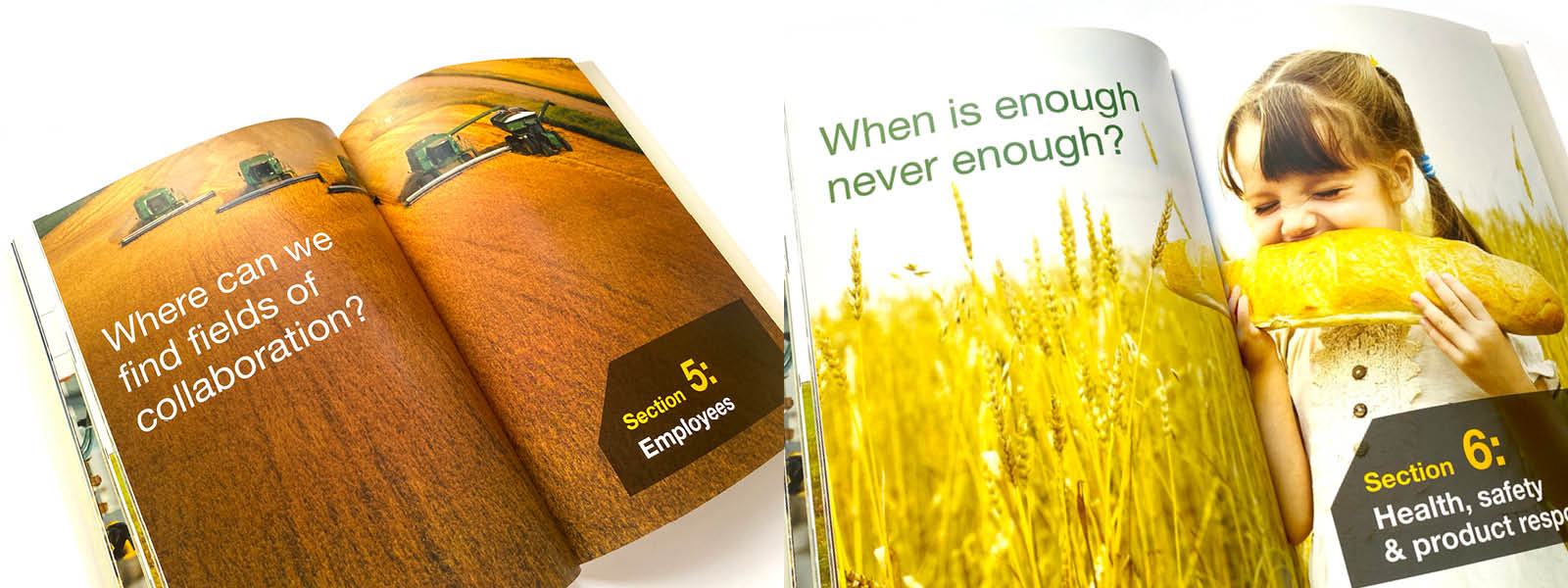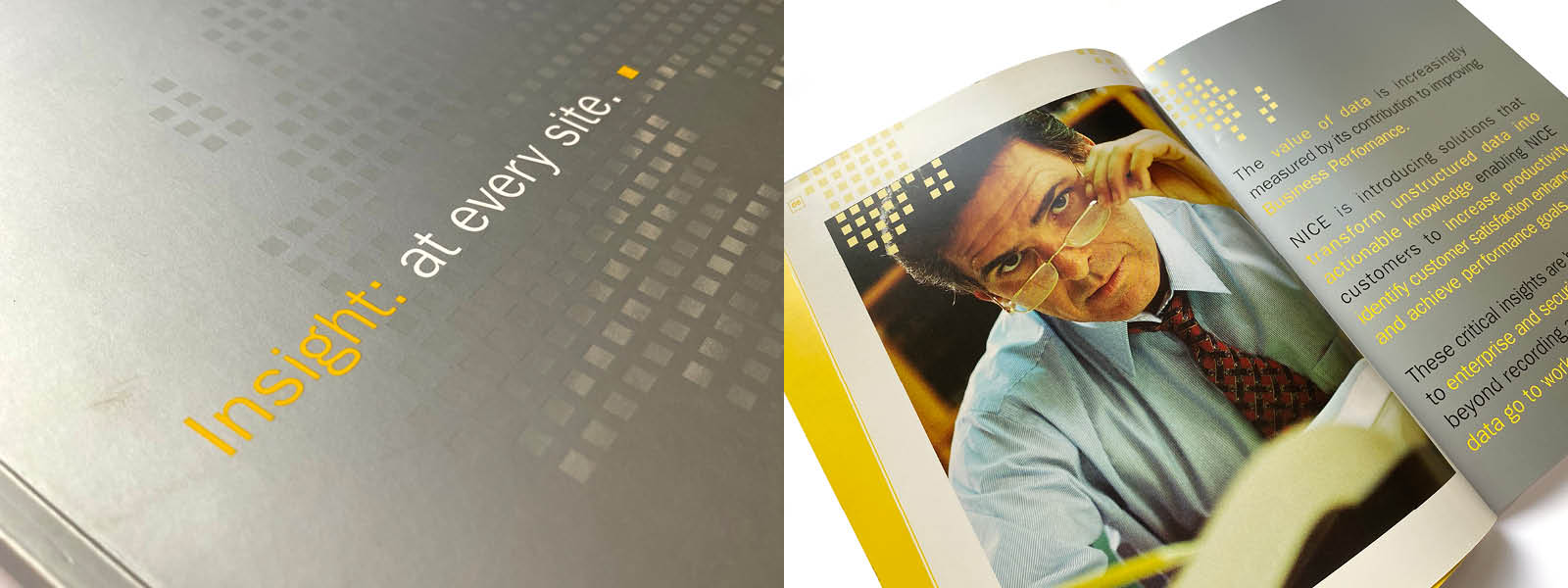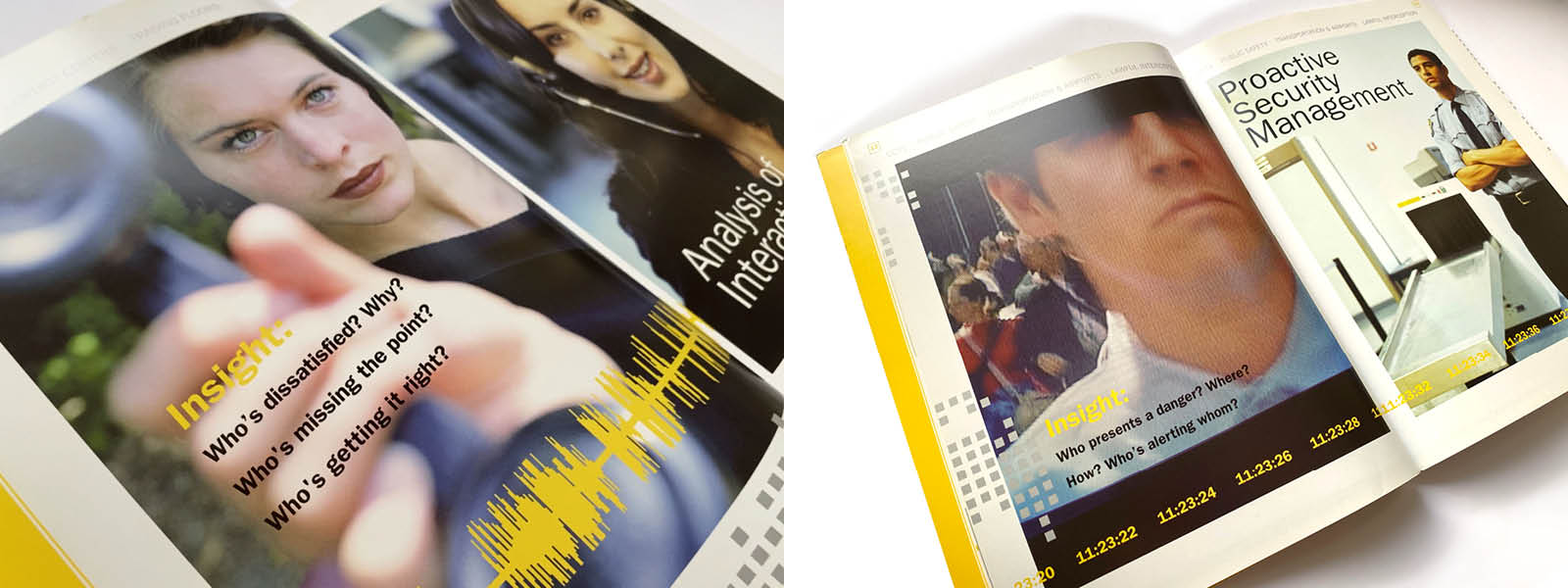Empathy
“Empathy has no script. There is no right way or wrong way to do it. It’s simply listening, holding space, withholding judgment, emotionally connecting, and communicating that incredibly healing message of ‘You’re not alone.’”
Brené Brown, an American professor, lecturer, author, and podcast host
Empathy is the ability to understand, to feel, to notice, to be sensitive to, and to experience the thoughts, feelings, and suffering of the other. To identify with their mental state from their point of view. We often use the phrase “to put yourself in their shoes,” but if we were to put on the other person’s shoes – it would still be us inside. The point of empathy is to disengage from ourselves completely, and truly think and feel like that other person.
From the wonderful clip of Brené Brown on empathy (here) it can be understood that empathy requires being alongside the other person in the pit they fell into, not just reaching out a hand to pull them out. We further learn that empathy is the ability to see the world through another’s eyes, that we must put aside judgment, identify with the other person’s feelings, and express them in such a way that they feel understood.
Empathy is a cornerstone of good relationships in life in general and in design in particular. Empathy is also an important ingredient in the process of Design Thinking, as every solution begins with empathic listening. We need to listen to the customer. To their needs, hopes and aspirations. We want to experience their difficulties, so that we can understand what need we must meet. We want to understand what works in the way they are managing their relationships and what doesn’t; and how their natural environment affects them. Only in this way can we design an appropriate solution, trigger emotion, and cause a desired change.
The process by which we step into another person’s shoes is called building a persona. In short, it is a process of trying to imagine how the individual for whom we are designing behaves, thinks, feels and speaks. What choices will they make, what brands influence them, what are their beliefs. We literally create a character with physical, psychological and personality traits by the very act of trying to understand them from the inside. We need to understand what situation they are in now and, at the same time, consider how they see the future. Our goal is to create a positive change and to attempt to bridge the gap between the current reality and a desirable future.
One company leveraging empathy is Airbnb. You can read about them here and here. The Philips corporation has even made the transition to a user-based company with empathy at its core. You can read about it here.
In the following examples, you can see how we apply the theory of empathy in design projects we’ve created together with our clients.
Pharma2Be, which is working on a drug for Parkinson’s, has been listening to patients for a very long time. All the quotes appearing here were taken from real life, making them convincing and demonstrating the company’s authentic intention to find a cure.
gets inside the head of a call center manager and a data security professional, trying to raise questions that arise in their work and to find the solutions.
Adama is trying to put itself in the position of the stakeholders who will read the material, imagining what questions might arise in that context.
Strauss encourages healthy eating and a healthy lifestyle. It turns out that serving sizes have grown over the years. To make people realize this, we designed a paper-like plate of the recommended size. We then added another layer that progressively reveals sections of the plate with different healthy menu options from among Strauss products.
Parma2Be



ADAMA


Straus

NICE





